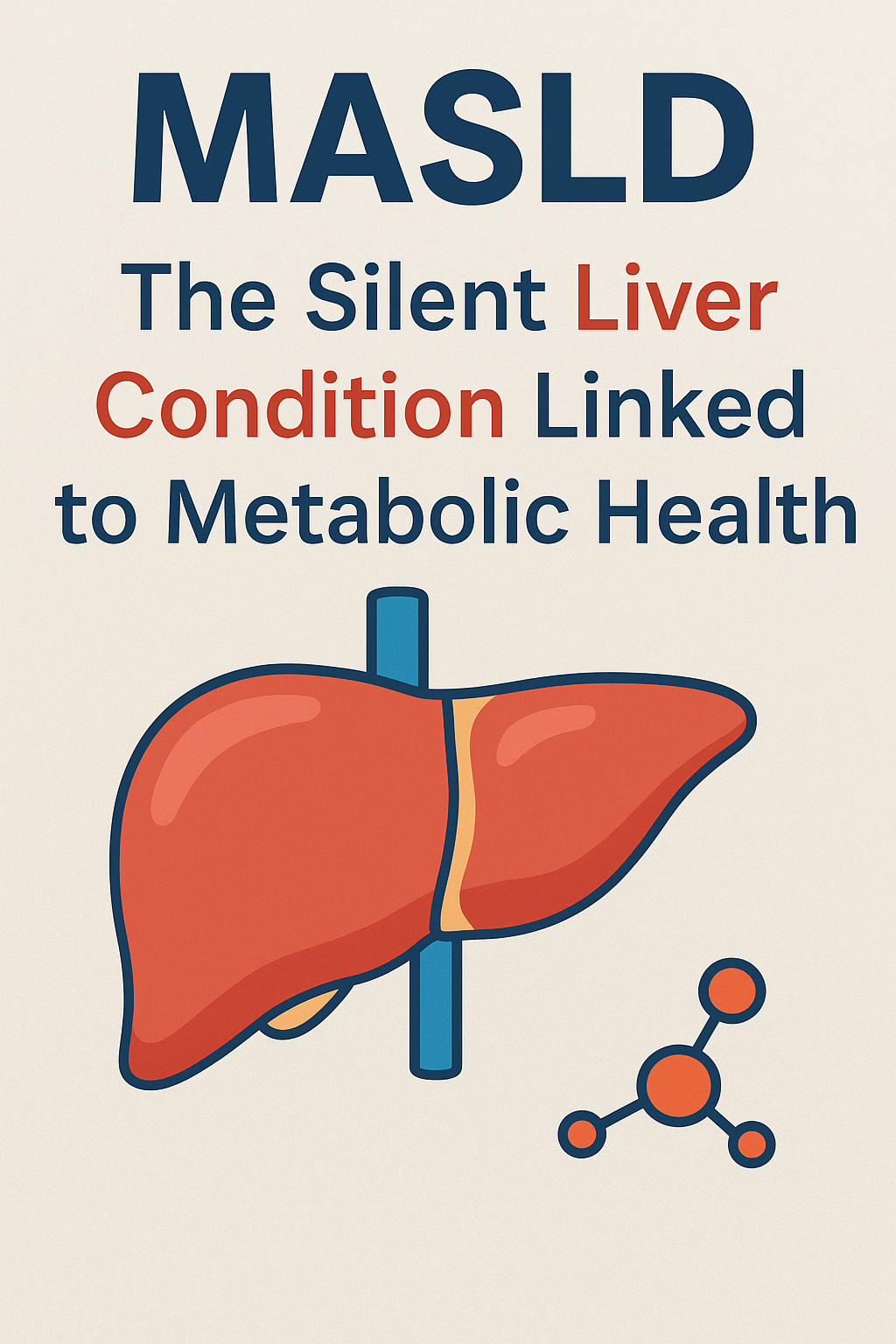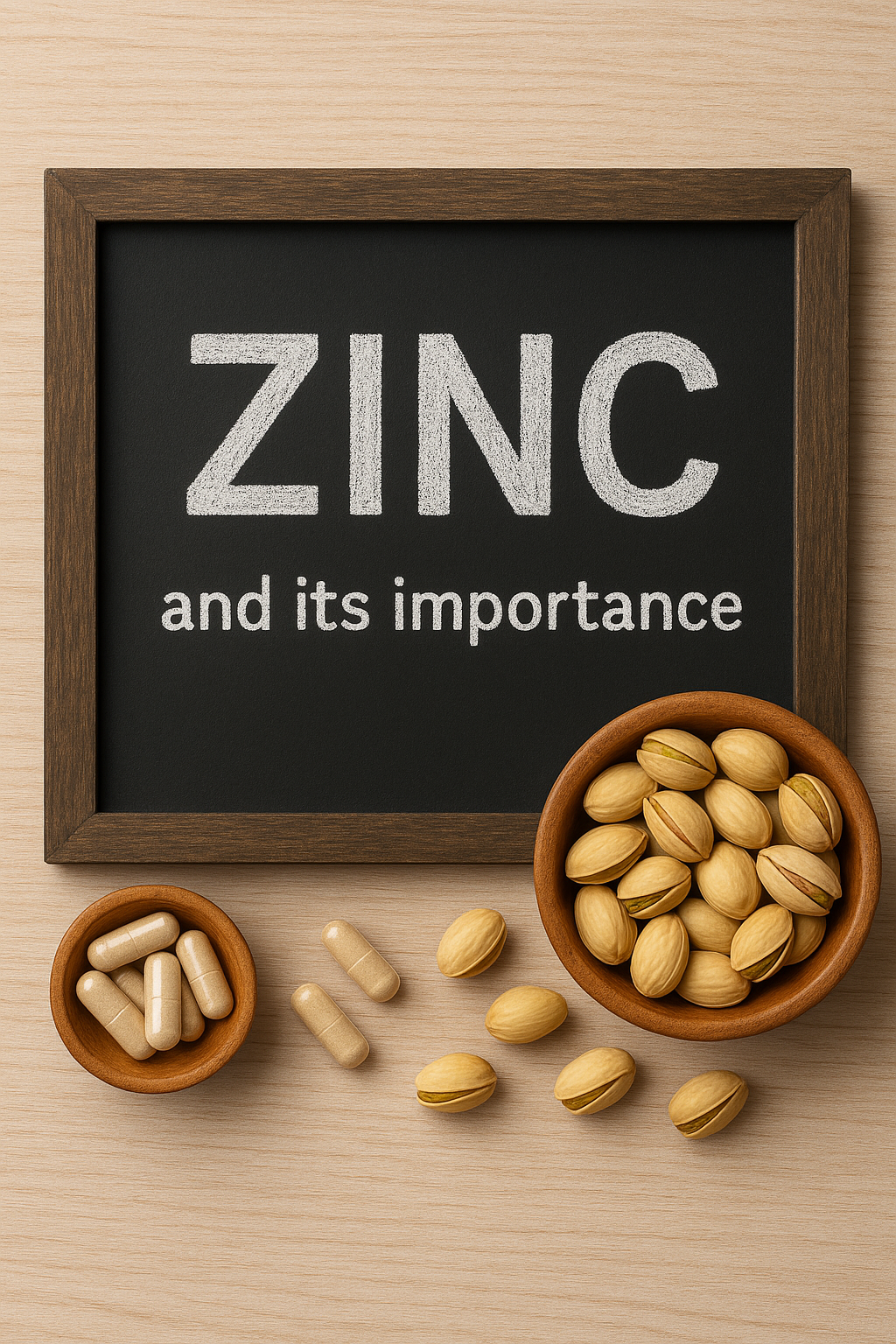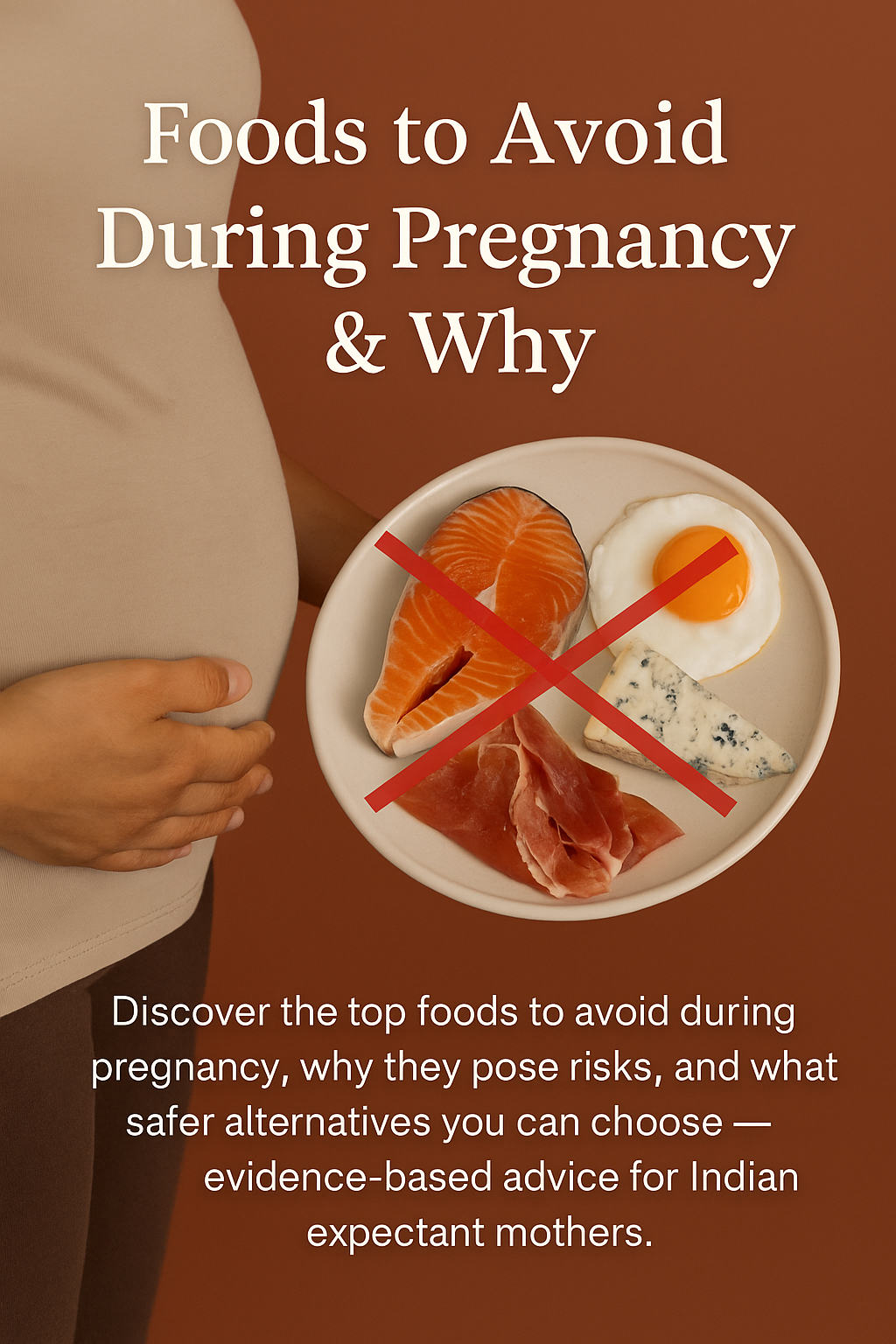High-risk pregnancy means that the mother, baby, or both have a higher chance of problems during pregnancy or delivery and therefore need closer monitoring and sometimes specialist care. Many high-risk pregnancies end with healthy moms and babies—the key is early identification and proactive care.
1) Maternal age (younger than 18 or 35+)
Pregnancy at age ≥35 is associated with higher rates of gestational diabetes, hypertensive disorders (including preeclampsia), cesarean birth, and stillbirth; risk rises further after 40. Care is individualized but often includes closer surveillance.
2) Pre-existing medical conditions
Chronic hypertension, diabetes, kidney disease, autoimmune disorders (e.g., lupus), thyroid disease, and certain cardiac conditions increase risk and typically require co-management with specialists.
3) Weight/BMI and nutrition
Obesity raises risks of preeclampsia, gestational diabetes, stillbirth, neural tube defects, and cesarean delivery; underweight is linked to growth restriction and preterm birth. Optimizing weight and nutrition before and during pregnancy helps reduce complications.
4) Multiple gestation (twins or more) & fertility treatment
Carrying twins or higher-order multiples increases chances of preterm birth, preeclampsia, and growth problems. Pregnancies conceived with assisted reproductive technologies may also have higher complication rates and warrant closer monitoring.
5) History from previous pregnancies
A past preeclampsia, preterm birth, cesarean complications, stillbirth, or gestational diabetes increases risk in the next pregnancy and guides preventive strategies (e.g., aspirin for preeclampsia risk, preterm birth prevention plans).
6) Pregnancy-specific conditions that arise this time
Conditions that develop during pregnancy—such as gestational diabetes or hypertensive disorders (including preeclampsia)—shift a pregnancy into high-risk and require tailored monitoring, medications, and timing-of-birth planning.
7) Placental and fetal factors
Placenta previa/accreta, fetal growth restriction, congenital anomalies, or abnormal Dopplers elevate risk and often require Maternal-Fetal Medicine (MFM) input and delivery planning in higher-level centers.
8) Infections and immune status
Certain infections (HIV, STIs) and inadequate immunity increase risks for both mother and baby. Appropriate screening, vaccination, and treatment are core parts of antenatal care.
9) Lifestyle and mental health factors
Smoking, alcohol, substance use, poor diet, and significant psychosocial stress are linked to complications. Evidence-based cessation support, nutrition counseling, and mental-health care improve outcomes.
10) Inadequate antenatal care (ANC)
Early and regular ANC detects risks sooner and allows timely interventions. WHO recommends eight ANC contacts to enhance maternal–fetal assessment, prevention, and education. Many countries still fall short—another reason to book care early and keep appointments. Partners also play a role here and need to provide support.
What You Can Do if You’re High-Risk
1) Start (or continue) antenatal care early and keep all visits. This enables individualized plans (nutrition, activity, medications, tests) and escalation to MFM when needed.
2) Ask about low-dose aspirin if you’re at risk for preeclampsia.
Major guidelines recommend 81 mg/day after 12 weeks (ideally before 16 weeks) for those at high risk (e.g., prior preeclampsia, chronic hypertension, multifetal gestation, diabetes, kidney disease, autoimmune disease, or combinations of moderate risk factors). Always decide with your clinician.
3) Optimize lifestyle.
Follow a nutrient-dense diet, achieve appropriate weight gain, remain active as advised, avoid tobacco/alcohol/substances, and prioritize sleep and stress management.
4) Know warning signs and act promptly.
Severe headache/visual changes, right-upper-quadrant pain, sudden swelling, shortness of breath, decreased fetal movements, vaginal bleeding, fluid leakage, or painful contractions warrant immediate assessment. (Your care team will individualize thresholds.)
5) Match your care setting to your risk.
Some high-risk pregnancies benefit from care and delivery in facilities with higher levels of maternal care and on-site specialists/NICU. Your obstetric team will guide referrals.
Key Takeaway
“High-risk” is not a verdict—it’s a flag for smarter, closer care. With early ANC, evidence-based prevention (including low-dose aspirin where indicated), and a tailored plan, most high-risk pregnancies have healthy outcomes.
💬 Have questions about your pregnancy journey?
Share your story or ask your questions in the comments below — your experience could help another mom-to-be feel less alone.
References
-
ACOG. So You Have a High-Risk Pregnancy. Here’s What to Expect.
-
NICHD. What are some factors that make a pregnancy high-risk? (updated 2025).
-
ACOG Obstetric Care Consensus. Pregnancy at Age 35 Years or Older (2022).
-
RCOG Scientific Impact Paper No. 34. Induction of labour at term in older mothers (≥40 y).
-
CDC. Pregnancy Complications – Weight, diabetes, hypertension & more (2024).
-
NICHD. High-Risk Pregnancy Overview & Factsheets.
-
Cleveland Clinic. High-Risk Pregnancy: Age, Complications & Management.
-
WHO. Recommendations on Antenatal Care for a Positive Pregnancy Experience (2016).
-
WHO (via NCBI Bookshelf). Antenatal care—risk identification, prevention, management.
-
USPSTF / JAMA. Low-Dose Aspirin to Prevent Preeclampsia (Final Recommendation, 2021).
-
ACOG Practice Advisory. Low-Dose Aspirin Use for Prevention of Preeclampsia (aligned with USPSTF).
-
AJOG review / SMFM & ACOG. Optimal timing and dose of low-dose aspirin.
-
ACOG. Levels of Maternal Care.

Akanksha Sharma
Dr. Akanksha Sharma, Head Writer and creator of AtoZ of Pregnancy, is dedicated to empowering women, parents, and families through 360-degree knowledge. She and her team provide evidence-based advice to guide families through pregnancy, parenting and beyond.






Leave a Reply